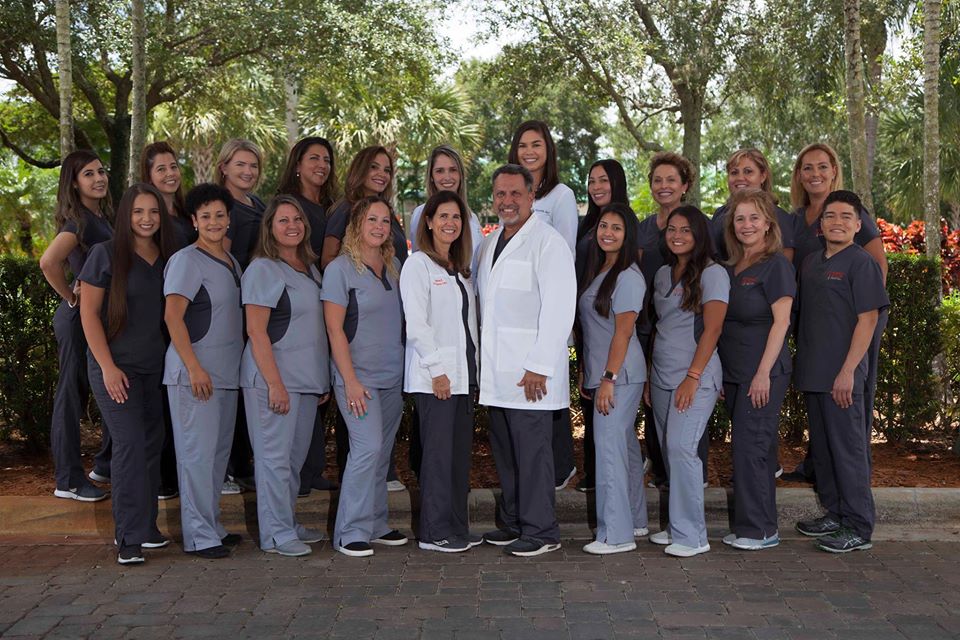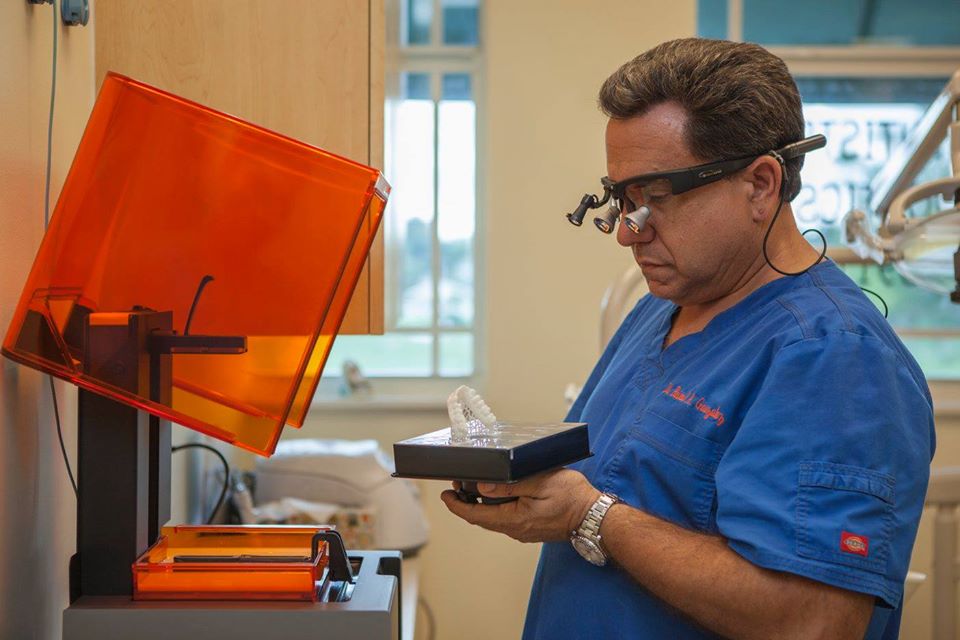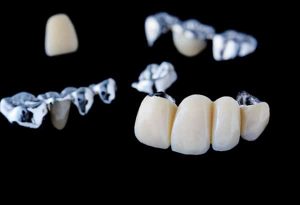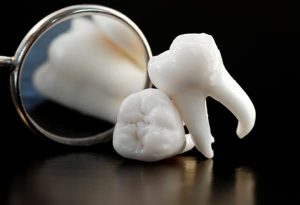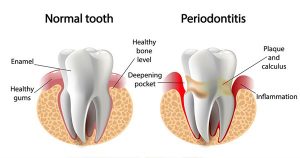Tooth loss is a very common problem and occurs for a variety of reasons including gum disease, decay and injury. While traditional bridges and dentures sit on the gums, surgically placed dental implants actually replace your tooth’s roots under the gum. They are made to provide a strong foundation that can be used for permanent or removable replacement teeth. Implants offer several great advantages including comfort, appearance, the ability to eat and speak normally and greater self-confidence.
Dr. Gonzalez is at the leading edge of dental technology when it comes to Implants, Orthodontics, and Crowns and Bridges. He enjoys educating other dentists across the country in all of these advances in dental care. Dr. Gonzalez have helped thousands of patients by bringing together 21st-century dental technology and expertise in one place. Our entire team works hard to ensure we have a comfortable office and offer our patients a clean and calming environment. Read more about our services.
Dental Implants
Implants are fused to the jawbone and provide stable support for artificial teeth. Bridges and dentures that are mounted on implants will not slip or shift in your mouth. Dental implants do require healthy gums and enough bone to support them. A commitment to lifelong oral hygiene is also essential.
Bridges and Dentures
Dental bridges fill the gaps left by missing teeth and help complete a patient’s smile. Whether the gap is caused by a single or multiple tooth loss, the bridge is done by placing a false tooth or teeth in the gap and securing it by anchoring to the surrounding teeth. Thereafter, fixing the bridge into place, allowing for a very natural look and functionality. With today’s advanced technology, dental bridges have easy and convenient installation procedures. To have dental bridges installed, a few visits to the dentist is required depending on each patient’s specific case. The first visit is where all the measurements are done. The teeth surrounding the gap are adjusted and repositioned in preparation for the abutment teeth. As the exact model of the tooth or teeth are created, a temporary bridge will be placed to protect the exposed teeth and gums until the actual bridge is finished.
The next visit is where the actual bridge is installed. This is where further adjustments are made to ensure that the bridge is a secure fit, which might include using temporary cement for a certain amount of time. In this period, several visits to the dentist might be needed. Once the adjustments have been finalized, the bridge will be permanently placed in the mouth.
Benefits of Dental Bridges
The most important benefit of dental bridges is that it replaces the space of a missing tooth or teeth. It creates the impression that the patient has a complete set of teeth while restoring normal speaking and chewing capabilities. It also prevents the remaining teeth from loosening up and getting out of place. And since dental bridges are permanently fixed in the mouth, the possibilities of them falling-out are eliminated.
Sleep Apnea
One of the main signs of sleep apnea is long consistent period of loud snoring. If you are being woken up by your partner in the middle of the night because of your excessively loud snoring, chances are you have sleep apnea. Another sign that you have sleep apnea is gasping for air in between heavy snores and after a pause in breathing. You might only know about this symptom through a bed partner. You will have a hard time remembering incidents like these even if it happens a lot of times during sleep. Another symptom of having obstructive sleep apnea, is waking up very tired and having a headache. The feeling of tiredness might carry on throughout the day, combined with the desire to sleep, even dozing off, in the middle of work.
Tooth Extraction
A tooth extraction involves a dentist removing a tooth from a patient’s mouth. This procedure is commonly dreaded due to the perception of pain associated with it. But those who have undergone a tooth extraction, especially in today’s dentistry landscape,can attest that a tooth extraction is a relatively painless procedure. There are a several reasons why an extraction is needed. If the tooth decay and infection of a tooth is so severe that it cannot be restored by root canal therapy, then it should be removed so that the remaining healthy teeth are not affected. A rotting tooth should also be removed as it is a cause for bad breath. Milk teeth in kids fall off naturally in preparation of the growth of their permanent teeth. However, sometimes, kids experience difficulty losing their milk teeth and may need the aid of a dentist. Another common tooth extraction procedure is the removal of wisdom teeth.
Periodontal Treatment
Periodontal disease is the infection of the gums and tissues surrounding the teeth. A common example of a periodontal diseases is the development of gingivitis, which is characterized by bleeding gums. Gingivitis is periodontal disease at its earliest stage where only the gum is infected. In worst case scenarios, all the areas surrounding the teeth, like the cementum, or the surface of the root of the tooth, the periodontal ligament, and the alveolar bone are all infected. The worst thing about periodontal diseases is that it can be linked to the development of other conditions in the body. Studies show that the existence of gum disease increases the chance of heart disease and arteries getting clogged.
Teeth Whitening
There are a lot of teeth whitening products that can be bought over-the-counter today. The most common type of over-the-counter teeth whitening product is toothpaste which contains mild abrasives that gently scrapes teeth stains. Rinses are mouthwashes that contain whitening agents such as hydrogen peroxide. Whitening strips are small plastic strips that have a peroxide-gel side, which aids in teeth whitening. Tray-based teeth whiteners involve wearing mouth trays that contain a peroxide-based whitening solution. Over-the-counter products are the easiest to access and the most affordable, but it may take a while to see the results.
What to do if a tooth gets loose or knocked out due to accident or trauma to the face?
If a permanent tooth is avulsed (knocked out of the socket), bite on a clean gauze to stop the bleeding, gently place the tooth in a clean container with milk or saline or place it under your tongue (avoid water), and get to a dentist within an hour (this is very important). If the tooth is a baby tooth, have the child bite on clean gauze to stop the bleeding and get to your dentist ASAP. If the tooth is loose or displaced in the socket, get to the dentist within an hour, if possible. If you’re unable, try to move the tooth back into the original position for the time being and get to a dentist when you can.
How often should I see a dentist for a checkup and cleaning?
Under normal circumstances, visits at 6- to 12-month intervals are recommended. Patients with periodontal (gum disease) or systemic conditions may require more frequent visits.
Do I really need an X-ray? I am concerned about the effects on my body.
Generally, dental X-rays are an important diagnostic tool in detecting many serious disease processes and pathologies. Our advanced digital dental imaging system is low in radiation in comparison to medical X-rays or CT scans, with up to 80% less radiation than traditional dental film exposures. Even so, we always employ ALARA principles when prescribing dental radiography, specific to the needs, history and risk/benefit ratio for each of our patients. Do not hesitate to ask your dentist about your concerns regarding dental X-rays, or any other issues.
When should I take my child for his or her first dental visit?
Unless there are special concerns, a child’s first official dental visit should occur around the 2- to 3-year old mark, when most of the primary teeth have erupted. Usually the primary goal of a child’s first visit is to affirm that dental offices are fun and comfortable.
Why should my child get his or her baby teeth filled when they will fall out anyway?
Other than chewing, primary (baby) teeth also serve as space maintenance for permanent teeth. Therefore, it is important to keep primary teeth healthy as long as possible to avoid pain, infection, poor aesthetics, premature loss and subsequent alignment issues.
If you have any questions or concerns regarding your dental health or would like to learn more about proper dental care, send us an email.
I never have any problems or pain, so why should I get my teeth checked?
Most dental ailments, such as cavities and gum disease, are painless until they reach an advanced stage when treatment options are more complicated, uncomfortable and expensive, with poorer prognosis. Therefore, it is worthwhile to keep up with your regular dental checkups and cleanings to ensure your oral—and overall health—are in optimal condition.


